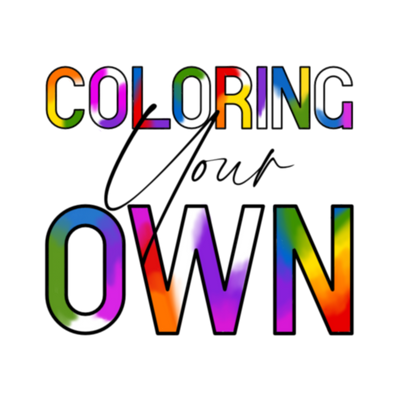Psychology of Red

What I like about colors is that not only that it exists around us at all times but that we can utilize them for specific purposes - especially now that synthetic dyes are widely available - color can become a tool. You can use tools for good things or you can use it for bad things. A hammer can build a house but it can also destroy a house. It also has that lil doodad on the back that removes nails. Color, similarly, is a tool of its own. Some people use it to balance their personality and some people use it as a way to reflect their personality.
The color red is a powerful and attention-grabbing hue that has been widely used in many cultures throughout history. From stop signs to emergency lights, red is often associated with caution and danger. But there's more to this bold and passionate color than meets the eye. In this blog post, we'll explore the psychological effects of red, including its positive and adverse effects, when to wear it, who gravitates toward it, and who avoids it.
Western Symbolism of Red
Colors cross-culturally can have adjusted meanings. In the West, the color red is often associated with love, passion, and anger. It is commonly used to represent the heart and is often associated with Valentine's Day. Red is also associated with danger and warning, as seen in stop signs and traffic lights. It's often used to evoke feelings of urgency, attention, and importance.
Positive Effects of Red
Red can have many positive effects on our psychology. It is often used in advertising to grab people's attention and stimulate their appetites- it is a very primal color in that way. Red meat, red berries, etc. It can also increase our heart rate and blood pressure, which can help us feel more alert and energized. Wearing red can help us feel more confident, bold, and passionate. It's a great color to wear if you want to stand out and make a statement. Red is a great first-date color, so long as you feel confident while wearing it.
Adverse Effects of Red
Red is an aggressive color and can trigger feelings of anxiety, anger, and hostility. Too much red can make us feel overwhelmed, anxious, and stressed. Some people find the color red to be too intense or aggressive and prefer to avoid it altogether.
When to Wear Red
The best situations to wear red clothing are when you want to make a bold statement, stand out, or feel more confident. Red can be a great color to wear to job interviews, important meetings, or special events. It's also a great color to wear on a date or when you want to feel more passionate and sexy.
Times to Avoid Wearing Red
It's best to avoid wearing red in situations where you want to feel calm, relaxed, and in control. Red can be too stimulating and intense in situations where you need to be focused and composed, such as during a presentation or an exam. Also avoid wearing red at weddings. While white is already off limits, red is just as demanding, if not moreso than bright white. Burgundy, maroon, and pink are all good (not hot pink tho).
Who Gravitates Toward Red
People who tend to gravitate toward the color red are often passionate, confident, and outgoing. They may be extroverted and enjoy being the center of attention. They may also have high energy levels and enjoy taking risks.
Who Avoids Red
People who avoid the color red may be more introverted or reserved. They may prefer to blend in and not draw attention to themselves. They may also find the color red to be too intense or aggressive and prefer more calming colors.
Do you seek red out or do you avoid it? Red tends to be a very polarizing color.


Leave a comment